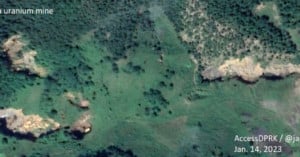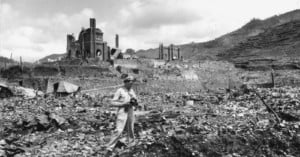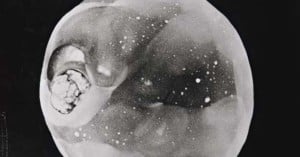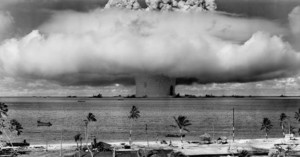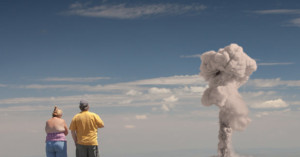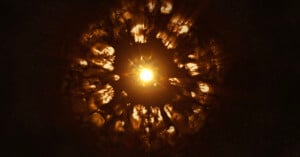
Macro Videographer Recreates Nuclear Explosion From Oppenheimer Movie
In Christopher Nolan's blockbuster movie Oppenheimer, the director famously refused special effects for the filming of a nuclear explosion instead opting to do it in-camera. Inspired by this, a video artist made a macro version of the Trinity nuclear test.
